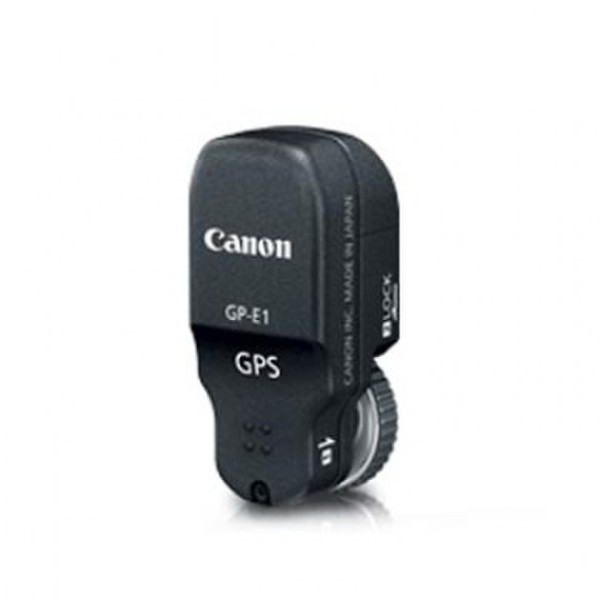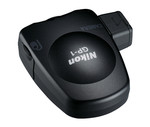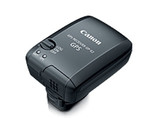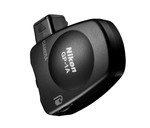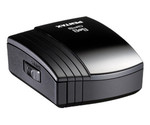Catalog
-
Catalog
- Antiquitäten & Kunst
- Auto & Motorrad: Fahrzeuge
- Baby
- Business & Industry
- Bücher
- Camping & Outdoor
- Feinschmecker
- Garden & patio
- Haustierbedarf
- Heimwerken & Garten
- HiFi & Audio
- Home, Construction, Renovation
- Household appliances
- Kleidung & Accessoires
- Modellbau
- Musik
- PC- & Videospiele
- Photo & camcorders
- Sammeln & Seltenes
- Spielzeug
- TV, Video, DVD
- Telekommunikation
- Uhren & Schmuck
- Wellness & Beauty
- computers & electronics
- entertainment & hobby
- fashion & lifestyle
- food, beverages & tobacco
- health & beauty
- institutional food services equipment
- medical equipment, accessories & supplies
- office
- sports & recreation
- vehicles & accessories
- weapons & ammunition
Filters
Search
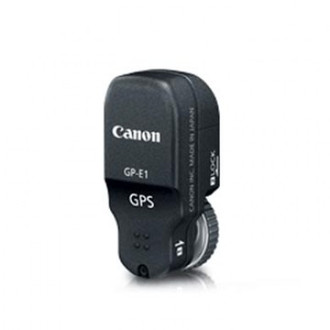
Canon GP-E1
MPN: 6364B001
🚚 Select the country of delivery:
Delivery from:
Germany
Sale and delivery by:
Where to buy and prices (Advertising *)
On Top
Technical specifications
On Top
GPS Receiver for EOS-1D X
<b>Rugged, Compact Design</b>
To be able to endure a photographer's travels, Canon designed the GP-E1 to share the same rugged and durable exterior construction as the EOS-1D X without adding additional bulk. Incredibly lightweight, this receiver integrates seamlessly with the camera's extension system terminal, allowing the hot shoe to remain accessible while powered by the main camera unit. Able to withstand harsh weather conditions, the GP-E1 is a great enhancement to the EOS-1D X for those who wish to take their EOS system out into even the most remote environments.
<b>Identification of Coordinates and Cardinal Direction</b>
When in use, the GP-E1 Receiver* will automatically record the geographical information (latitude, longitude, altitude, and Universal Coordinated Time (UTC)) of videos and photos. Detecting altitude is even possible from inside an airplane or helicopter.
There's also a built-in electronic compass that can accurately detect the cardinal direction in which the photographer is facing - even if the EOS-1D X is held vertically, the GP-E1 can still record the proper positioning from when it was in a normal position.
*In certain countries and regions, the use of GPS may be restricted. Therefore, be sure to use GPS in accordance with the laws and regulations of your country or region. Be particularly careful when traveling outside your home country.
As a signal is received from GPS satellites, take sufficient measures when using in locations where the use of electronics is regulated.
<b>Accurate Clock Adjustment and Synchronization</b>
Accurately adjusting the EOS-1D X's internal clock is easy because it can use the UTC (Universal Coordinated Time) transmitted from the GP-E1 with a margin of error of about ± 0.01 second.
Event photographers will find the transmitter's GPS Time Sync Function quite helpful because it can set and synchronize the internal clocks in multiple cameras.
<b>Enhanced Versatility</b>
Canon developed the GPS Receiver GP-E1 to enhance the workflow of its professional users. By incorporating global information into an image or video's Exif data, photojournalists and other users can utilize the GPS data to organize their stock photos by location.
To be able to endure a photographer's travels, Canon designed the GP-E1 to share the same rugged and durable exterior construction as the EOS-1D X without adding additional bulk. Incredibly lightweight, this receiver integrates seamlessly with the camera's extension system terminal, allowing the hot shoe to remain accessible while powered by the main camera unit. Able to withstand harsh weather conditions, the GP-E1 is a great enhancement to the EOS-1D X for those who wish to take their EOS system out into even the most remote environments.
<b>Identification of Coordinates and Cardinal Direction</b>
When in use, the GP-E1 Receiver* will automatically record the geographical information (latitude, longitude, altitude, and Universal Coordinated Time (UTC)) of videos and photos. Detecting altitude is even possible from inside an airplane or helicopter.
There's also a built-in electronic compass that can accurately detect the cardinal direction in which the photographer is facing - even if the EOS-1D X is held vertically, the GP-E1 can still record the proper positioning from when it was in a normal position.
*In certain countries and regions, the use of GPS may be restricted. Therefore, be sure to use GPS in accordance with the laws and regulations of your country or region. Be particularly careful when traveling outside your home country.
As a signal is received from GPS satellites, take sufficient measures when using in locations where the use of electronics is regulated.
<b>Accurate Clock Adjustment and Synchronization</b>
Accurately adjusting the EOS-1D X's internal clock is easy because it can use the UTC (Universal Coordinated Time) transmitted from the GP-E1 with a margin of error of about ± 0.01 second.
Event photographers will find the transmitter's GPS Time Sync Function quite helpful because it can set and synchronize the internal clocks in multiple cameras.
<b>Enhanced Versatility</b>
Canon developed the GPS Receiver GP-E1 to enhance the workflow of its professional users. By incorporating global information into an image or video's Exif data, photojournalists and other users can utilize the GPS data to organize their stock photos by location.
Similar offers
On Top
-
Payment Methods
We accept:


